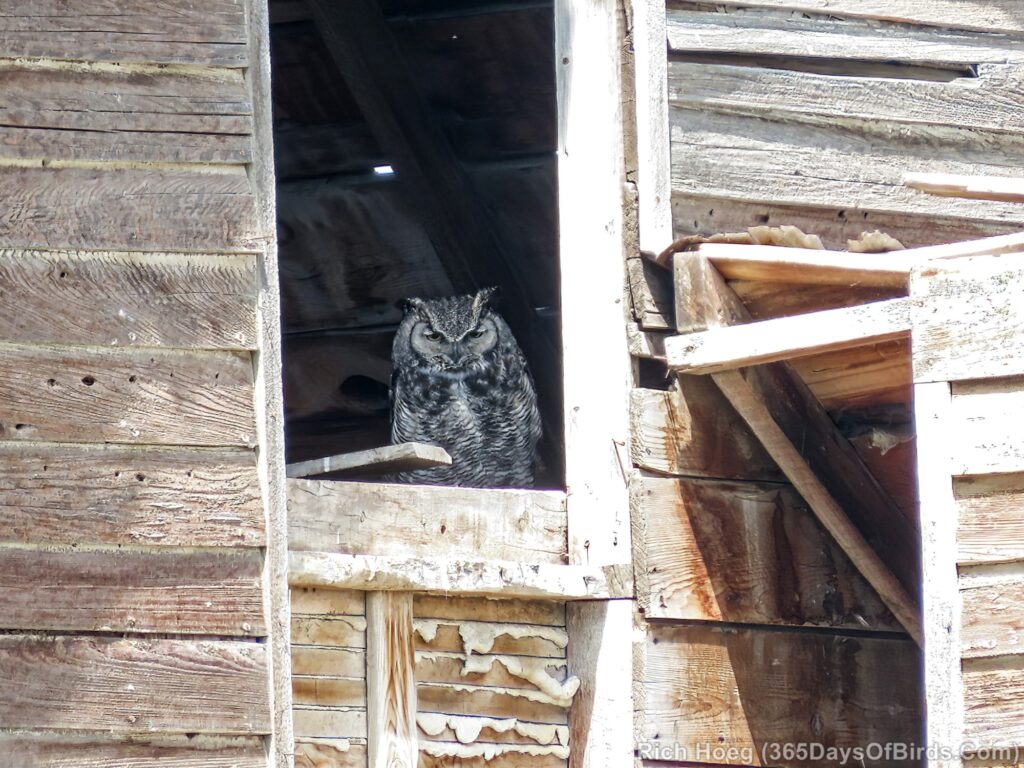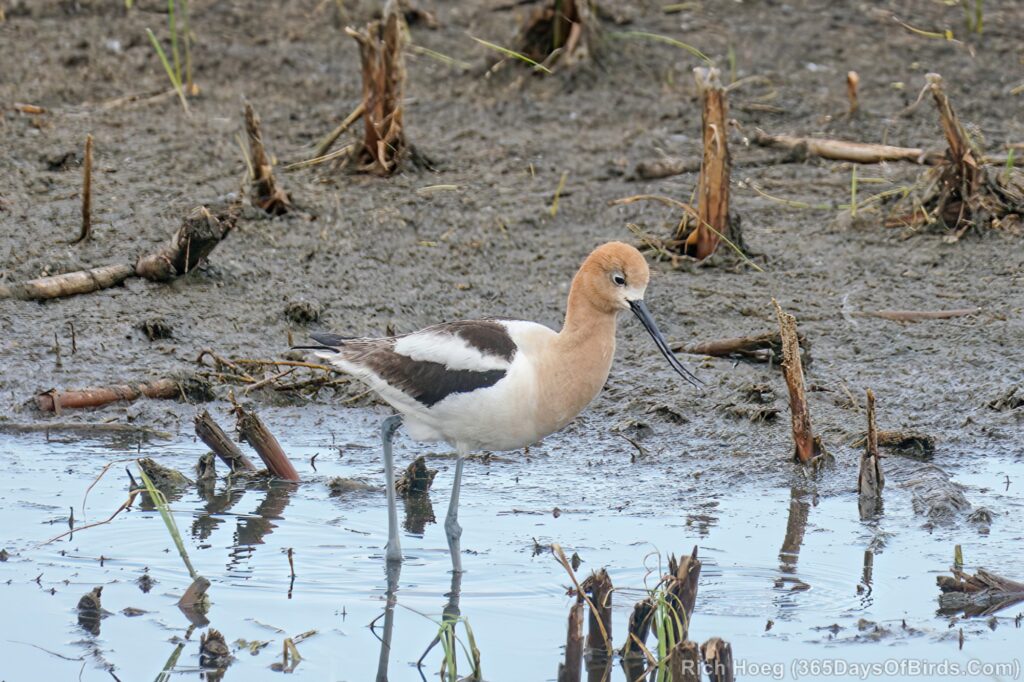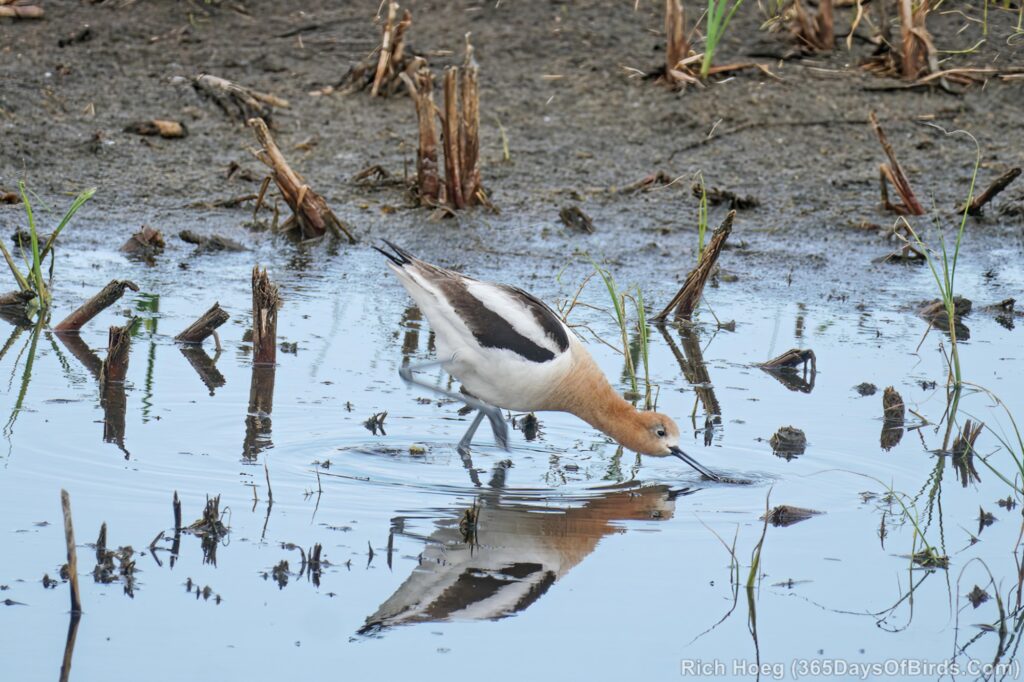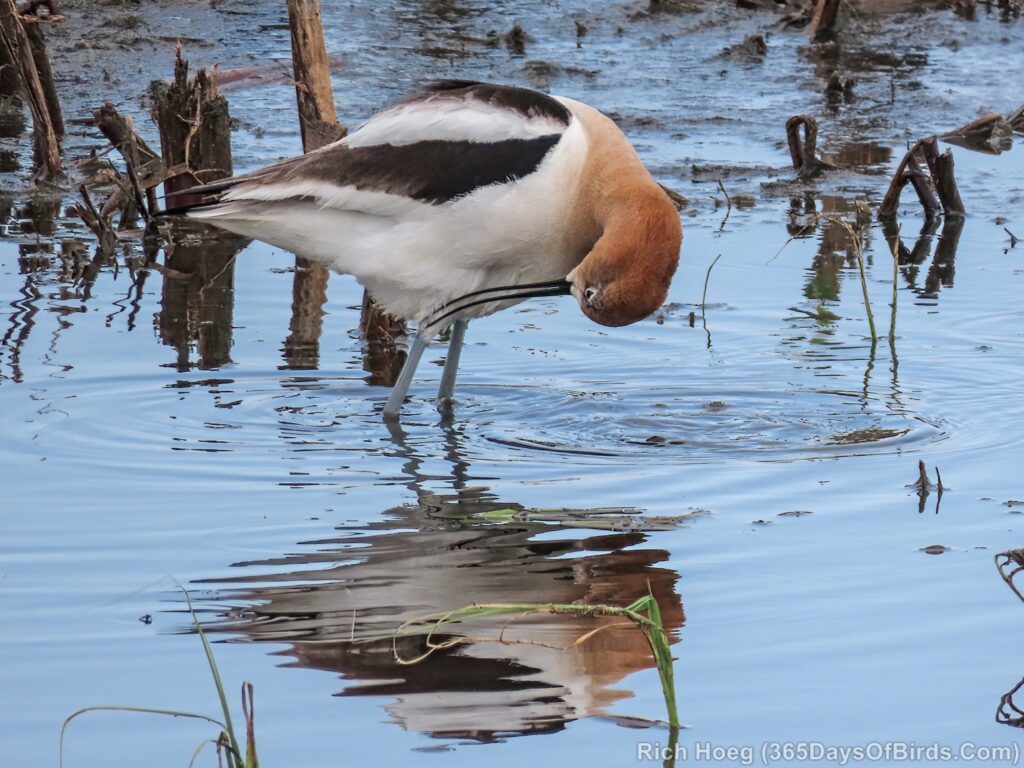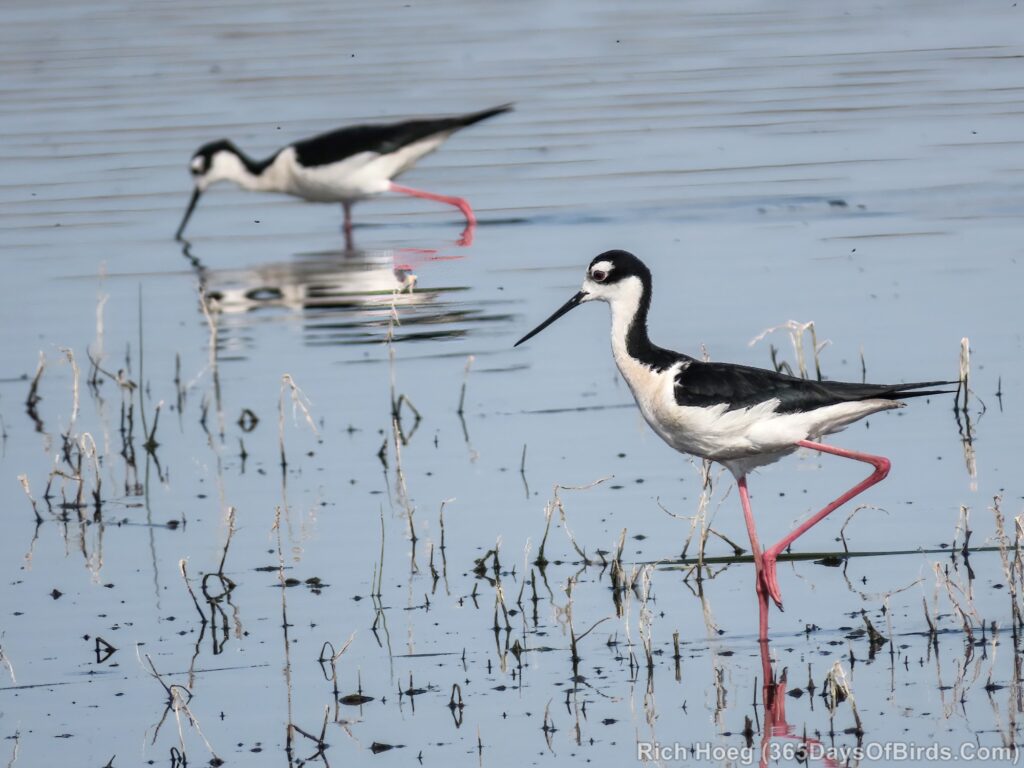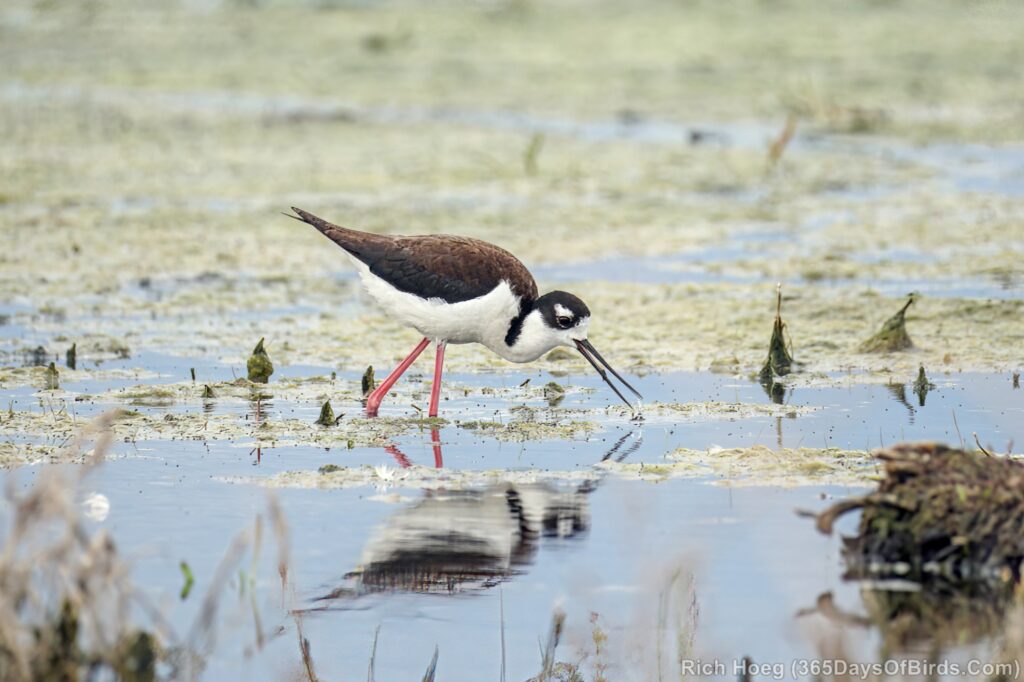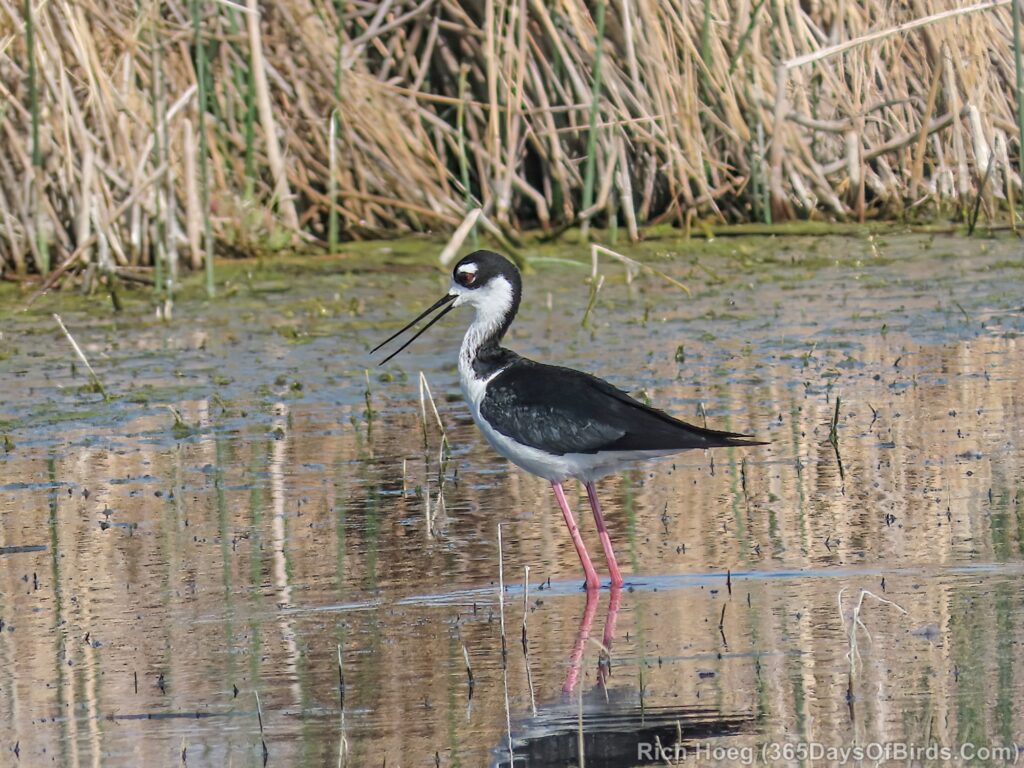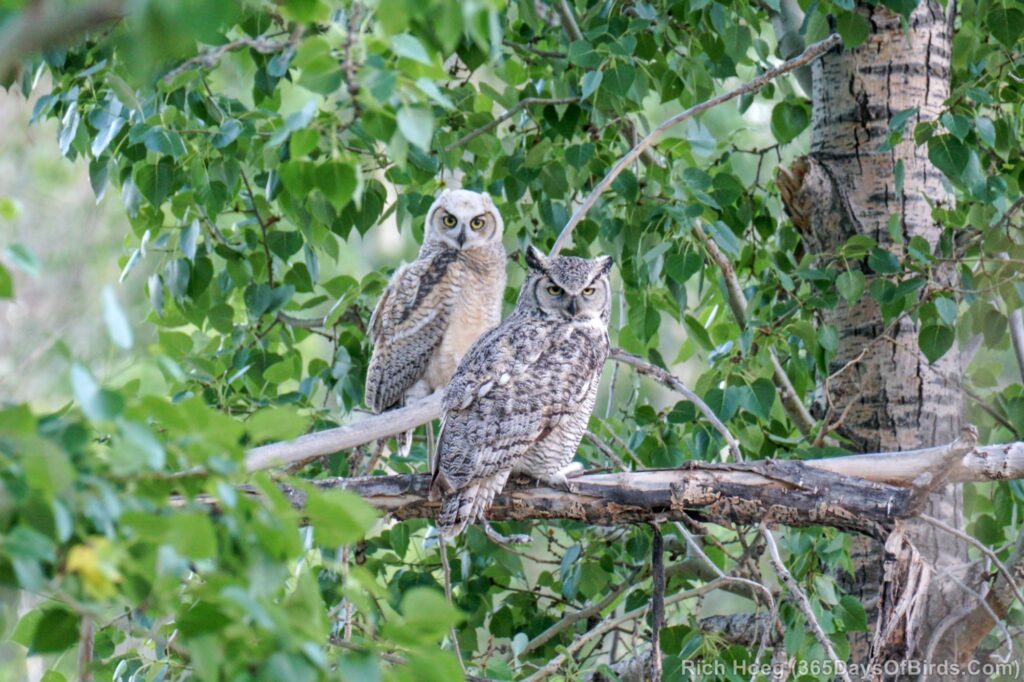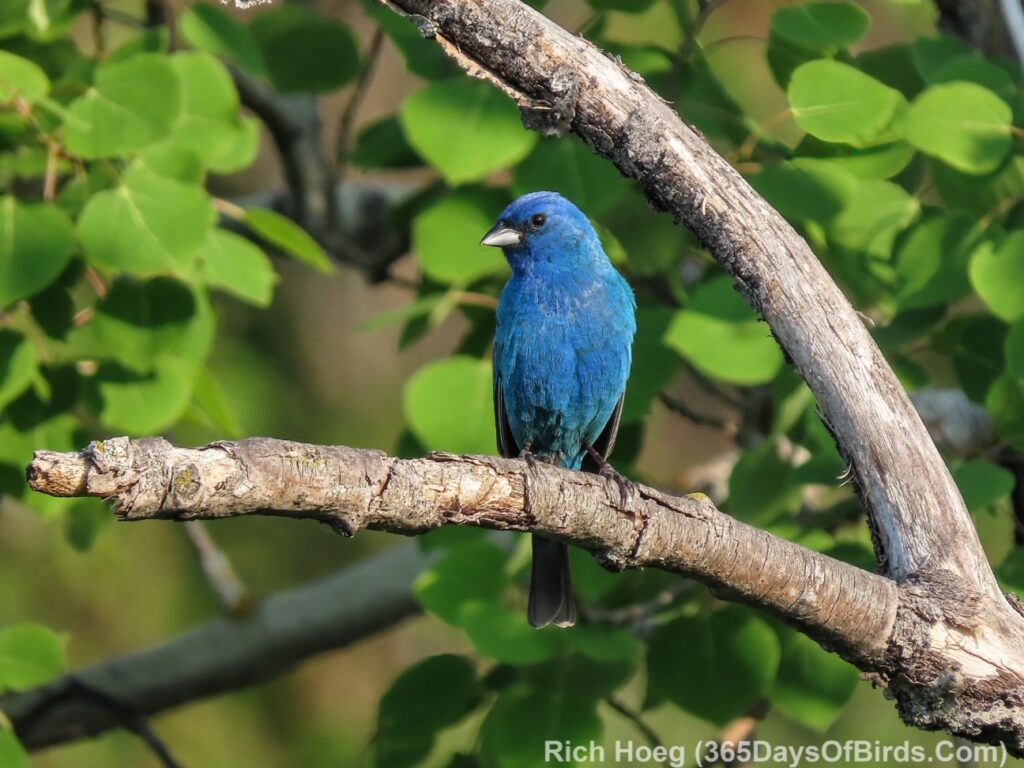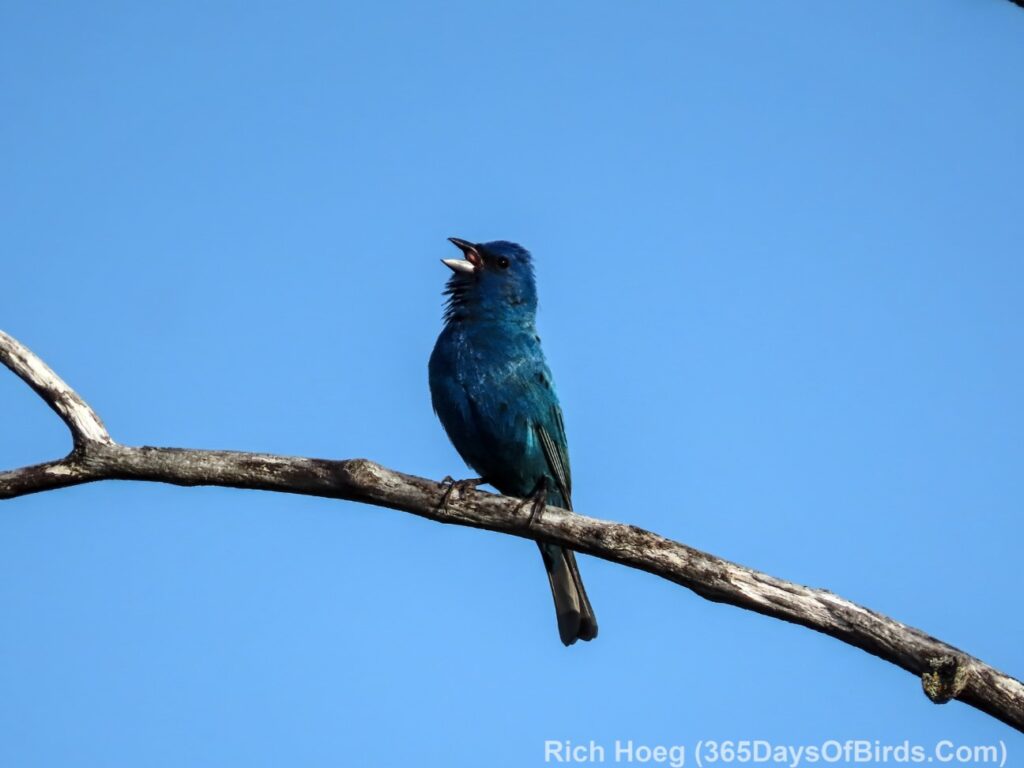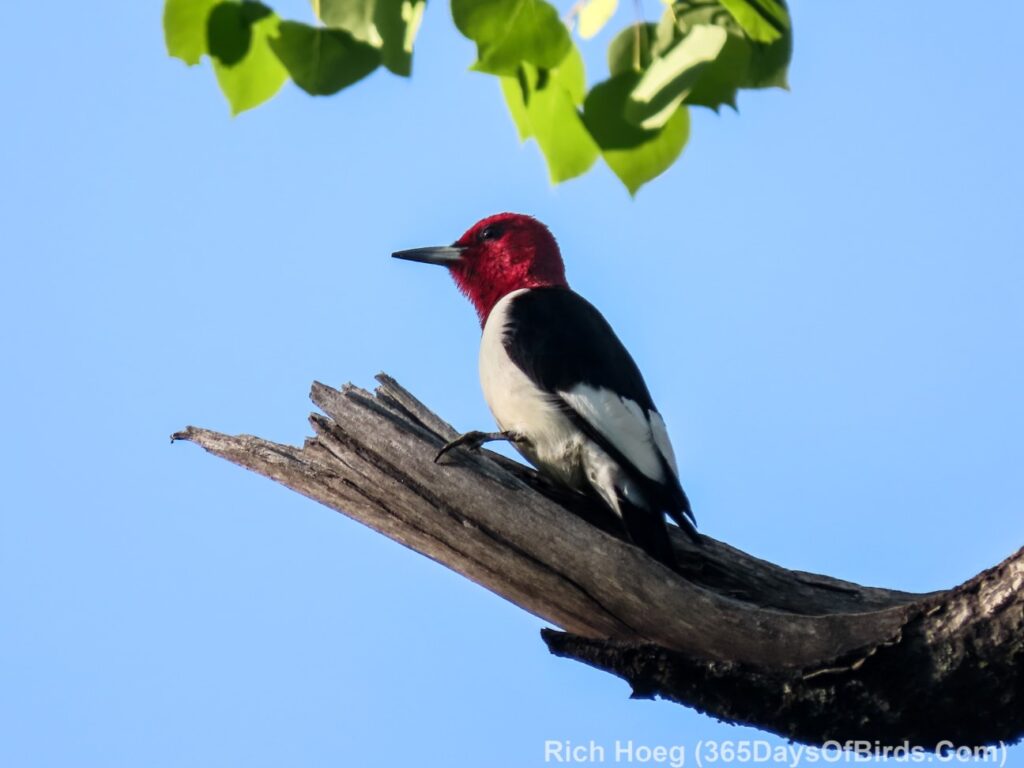Earlier this week I mentioned that I was on my first “long distance” birding excursion (i.e. a trip w/o Molly for the sole purpose of birding). Over the winter months I researched locations to my north and one spot kept coming back to the forefront of my investigations, Frank Lake, Alberta. This shallow lake / wetlands was created starting in 1952 through flooding mitigation and diking efforts by Ducks Unlimited. 70 years later this gem is the crown jewel of the Rocky Mountain Flyway in Canada. The number of birds that use Frank Lake as either a migration stopover or for nesting is remarkable. My interest grew because the habitat is dramatically different than my own local boreal forest, and in addition to Frank Lake I could easily escape up into the Rocky Mountains (Kananaskis Region).
I was extremely lucky to have two local birders agree to show me around Frank Lake (Dave Sasha and Greg Wagner). Little did I know both gentleman were local wealth’s of knowledge. During our first birding outing Monday evening I learned from Greg Wagner (a retired college professor who has made Frank Lake his passion) about the unique habitat, and external pressures that are threatening the lake.
After our Monday birding, our plan was to head out again early Wednesday morning. While reading the morning news prior to the start of our morning birding, I learned that the Alberta Utilities Commission had just turned down the first energy project in its history … a 1,500 acre solar array power farm proposed for an area only one kilometer from Frank Lake! Once again, the province’s energy commision had NEVER turned down a new power development in its history! However, Frank Lake is recognized as a unique environmental gem which demands protection. In reading about the decision, I discovered one of the leading individuals in the fight against the solar array farm was Greg Wagner … the same humble person who was taking me birding later in the day. The birds thank you Greg!!!! Read about this successful effort to combat a new energy plant via Birds Canada.
I hope you have enjoyed learning a bit about Frank Lake. It is worth adding to birding locations worth a visit. Here are a few images from Monday and Tuesday.
Great Horned Owl (hanging out in an abandoned one room schoolhouse)